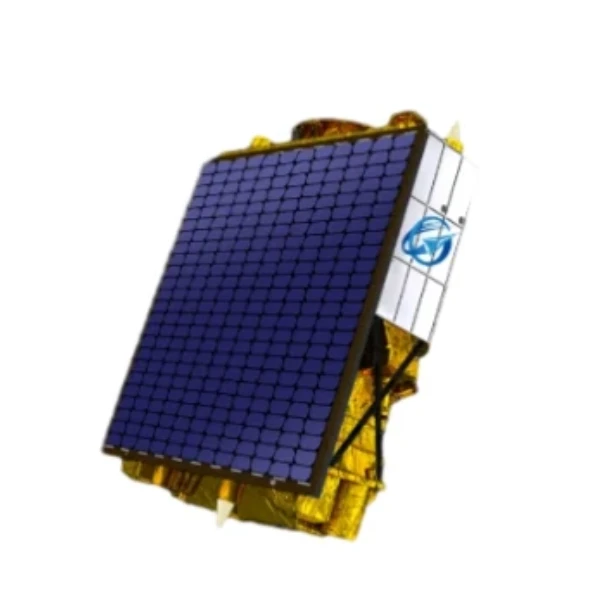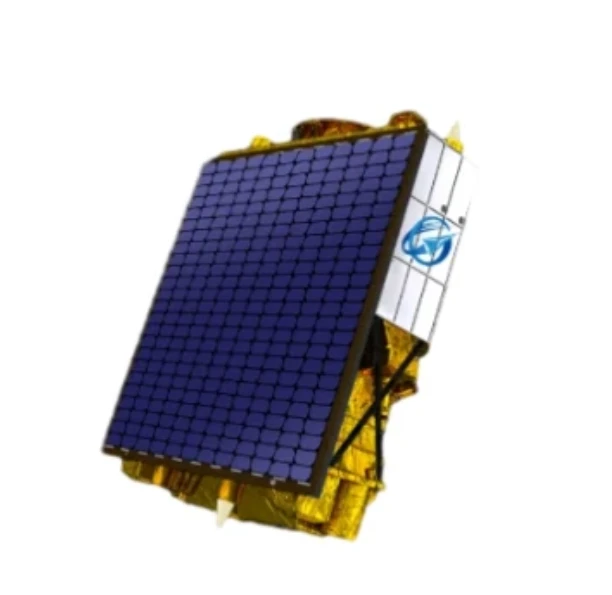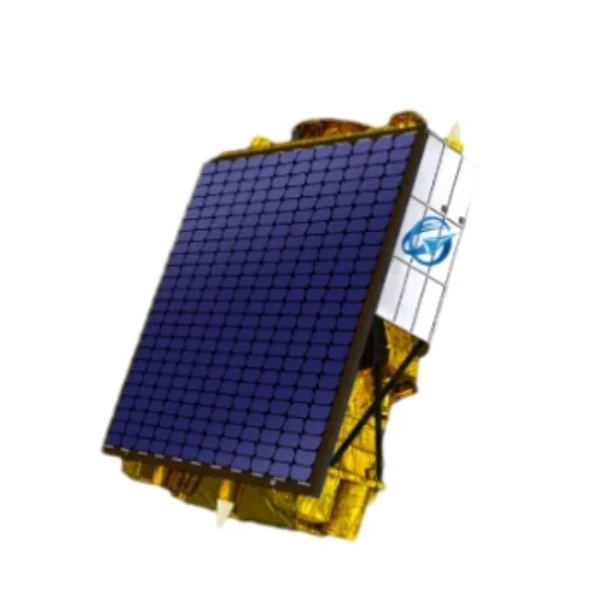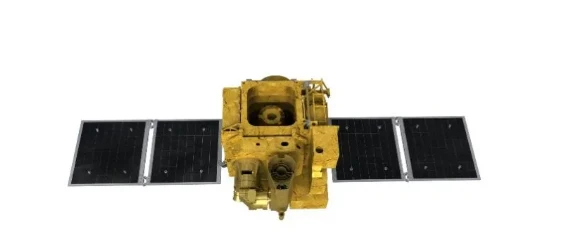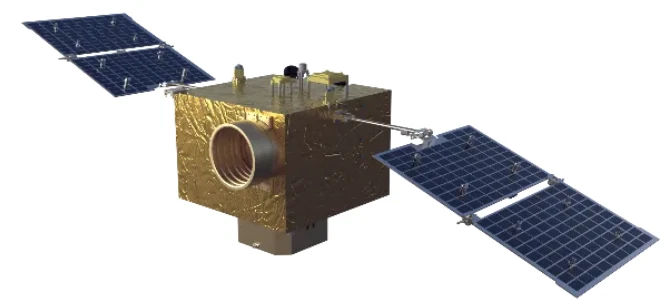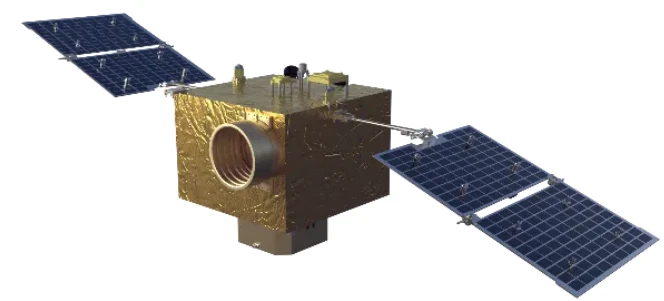
- африкалык
- Албанча
- Амхарча
- Арабча
- Армянча
- азербайжан
- Баскча
- Беларусча
- Бенгалча
- Бошнакча
- Болгарча
- Каталанча
- Себуано
- Кытай
- Корсикче
- Хорватча
- Чехче
- Датча
- Нидерландча
- Англисче
- Эсперанто
- Эстончо
- Финче
- Франсузча
- фриз
- Галицияча
- Грузинче
- Немисче
- Грекче
- Гужаратиче
- Гаити креол
- Хаусача
- Гавайча
- Еврейче
- Жок
- Miao
- Венгерче
- Исландияча
- игбо
- Индонезияча
- Ирландча
- Итальянча
- Жапончо
- Жанавизче
- Каннадача
- Казакча
- кхмер
- Руанда
- Корейче
- күрд
- Кыргызча
- Эмгек
- Латынча
- Латвияча
- Литвача
- Люксембургча
- Македонияча
- Малагаси
- Малайча
- Малаяламча
- Малтизче
- Маориче
- Маратиче
- Монголчо
- Мьянма
- Непаличе
- Норвежче
- Норвежче
- Occitan
- Пуштунча
- Парсча
- Полякча
- Португалча
- Пунжабиче
- Румынча
- Орусча
- самоа
- Шотландиялык галец
- Сербче
- Англисче
- Shona
- Синдиче
- Sinhala
- Словакча
- Словенияча
- Сомаличе
- Испанча
- сундан
- Свахиличе
- Шведче
- Тагалогчо
- тажик
- Тамилче
- татар
- Телугуча
- Тайча
- Түркчө
- Түркмөнчө
- Украинче
- Урдуча
- уйгур
- Өзбекче
- Вьетнамча
- Валлийче
- Жардам
- Идишче
- Йорубача
- Зулуча
жаңылыктар
Unlocking the Power of Data Collection
Multispectral imaging technology is revolutionizing various industries by providing in-depth data analysis and enhanced decision-making capabilities. This type of imaging captures data across multiple wavelengths of light, offering valuable insights into a wide range of applications, from agriculture to environmental monitoring and defense. Multispectral imaging allows for the detection of specific features that are not visible to the naked eye, offering a more comprehensive understanding of the subject under observation.
Whether you're monitoring crop health, tracking environmental changes, or assessing land cover, multispectral imaging has proven to be an invaluable tool. By capturing images in different bands of light, such as visible, infrared, and ultraviolet, this technology provides the detailed information necessary to make informed decisions.
Hyperspectral Image: The Next Level of Precision
While multispectral imaging is powerful, hyperspectral images take it a step further by capturing a much larger range of wavelengths across the electromagnetic spectrum. This allows for a much more detailed and nuanced view of the target, with the ability to detect even the smallest changes in composition. Hyperspectral images provide unparalleled precision, making them especially useful in complex analysis tasks such as mineral identification, water quality monitoring, and vegetation health analysis.
With a hyperspectral image, users can obtain information at hundreds or even thousands of spectral bands, providing a far richer dataset compared to traditional imaging technologies. This high-resolution data allows scientists and professionals in fields like remote sensing, environmental research, and industrial applications to extract the smallest details from the data for deeper insights.
Radiometric Correction: Enhancing the Accuracy of Images
Radiometric correction is a critical step in both multispectral imaging and hyperspectral images, ensuring that the data collected is as accurate as possible. This process compensates for distortions caused by various factors, such as atmospheric interference or sensor calibration issues. Through radiometric correction, the raw data is adjusted to reflect true values, which improves the reliability and quality of the analysis.
Whether you're working with satellite imagery, drone-based data collection, or airborne sensors, radiometric correction is essential for obtaining reliable results. This step enhances the image's clarity and correctness, ensuring that the information derived is both accurate and useful for any professional application.
Very High Resolution: Capturing Every Detail
In the world of remote sensing and imaging technologies, very high resolution is a key factor in ensuring the accuracy and effectiveness of data. With very high resolution, images are captured with such fine detail that even the smallest objects or changes in the environment can be detected. This is particularly useful in fields such as urban planning, disaster management, and natural resource monitoring, where small variations can have significant impacts.
The power of very high resolution imaging lies in its ability to provide detailed, clear images that reveal subtle differences in the data. With the ability to zoom in on objects or areas of interest, professionals can make decisions based on the most accurate and precise information available.
Multispectral Imaging FAQs
What is multispectral imaging used for?
Multispectral imaging is used for a variety of applications, such as agriculture for crop health monitoring, environmental monitoring for assessing vegetation and water bodies, and remote sensing for mapping land cover and detecting changes in the environment.
What are hyperspectral images, and how do they differ from multispectral images?
Hyperspectral images capture a much broader range of wavelengths compared to multispectral imaging. While multispectral images typically capture a few bands (e.g., red, green, and blue), hyperspectral images capture hundreds or even thousands of bands, providing much more detailed and accurate data for analysis.
How does radiometric correction improve the accuracy of the image?
Radiometric correction adjusts the raw data collected by sensors to compensate for atmospheric interference and sensor inaccuracies, ensuring that the image reflects true values. This process is crucial for improving the reliability and precision of multispectral imaging and hyperspectral images.
What are the benefits of very high-resolution imaging?
Very high-resolution imaging allows for detailed and precise data capture, which is essential in applications like urban planning, disaster management, and resource monitoring. It enables professionals to detect even the smallest changes in the environment, leading to more informed decision-making.
How can I use multispectral and hyperspectral imaging in my business?
Both multispectral imaging and hyperspectral images can be utilized in various industries, including agriculture, environmental science, and defense. These imaging techniques can help improve product yield, monitor environmental changes, and provide valuable insights for better planning and decision-making.






